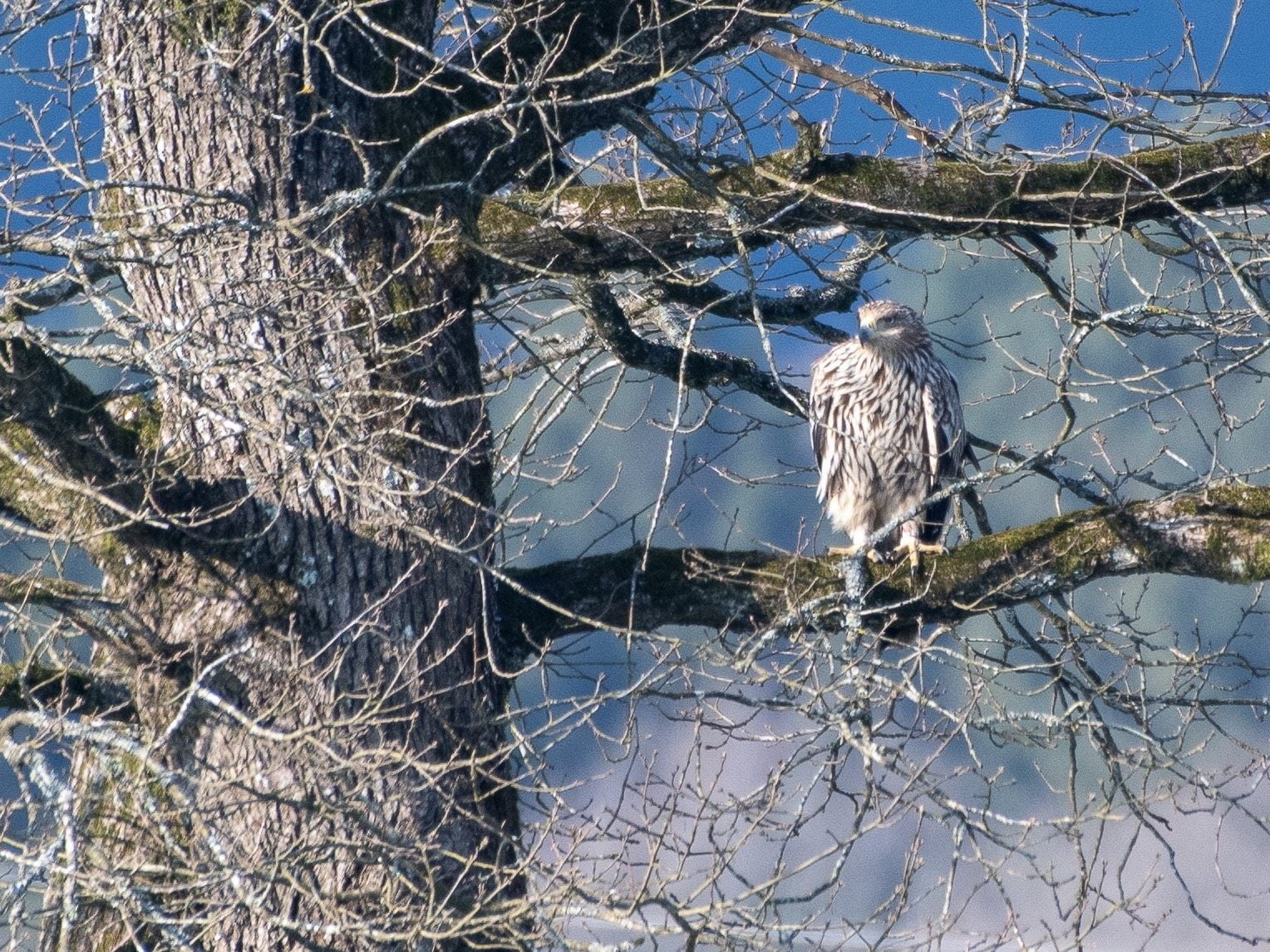03/29/2022 10:16 (act 03/29/2022 10:17)

An imperial eagle was first documented in the Grand Duchy of Luxembourg: this is Artemisia ©APA/BIRDLIFE/PATRIC LORGE
An imperial eagle was first documented in the Grand Duchy of Luxembourg. It was a bird of prey that was particularly fond of traveling and was tagged with a transmitter in Burgenland in June 2021.
“Artemisia” flew from Greece via Austria, the Czech Republic, Germany and the Netherlands to Belgium and Luxembourg, according to a broadcast by bird protection organization BirdLife Austria on Tuesday.
BirdLife: Never before has there been an imperial eagle in Luxembourg
For BirdLife it is “an ornithological sensation”. “Never before has an imperial eagle been found in Luxembourg,” reported raptor expert Matthias Schmidt.
“Artemisia” has been marked as one of three nest brothers by BirdLife as part of the species protection program. Brother “Johannes” crashed into a wind turbine last fall. At about the same time, “Artemisia” left Austria for Greece, where she spent the winter. “This is not uncommon, but quite rare,” says Schmidt, “as most of our imperial eagles winter in Central Europe and do not migrate.”
Impressive route: Artemisia flew to Luxembourg
In early March, Artemisia returned after a trip through the Balkans and flew beyond her homeland. She crossed Austria, flew to the Czech Republic and arrived in Germany two days later. On March 24, the griffin passed through the Netherlands and Belgium to Luxembourg.
But according to BirdLife, the imperial eagle’s journey is not yet over: “Artemisia” has arrived in France, according to data from the broadcaster, where it is still hosted today, migrating to the southwest. “Since leaving Greece, the bird of prey has covered an impressive 3,200 kilometers in just 18 days. That’s an average of over 175 kilometers per day. Its peak tractive effort is 236 kilometers per day,” explained Schmidt.
Artemisia’s path can be followed with a time delay at this link.

